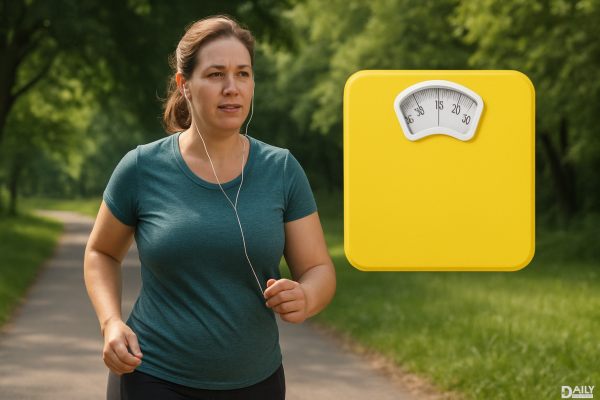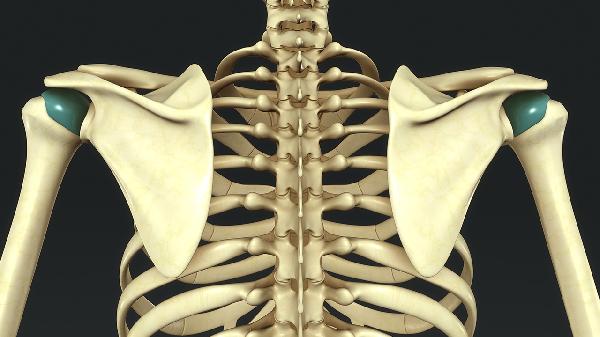You might think running is all about the legs, but your upper body plays a crucial role too. According to Pham, stretching your chest, shoulders, and thoracic spine (that upper back and abdomen area) isn’t just an afterthought—it’s essential for proper arm swing, which keeps your back, hips, and legs from doing more work than they should. And here’s a fun fact: research shows that swinging your arms efficiently can save you anywhere from 3% to 13% of your energy. So yeah, warming up properly isn’t just about avoiding injury—it’s about making you a smoother, more efficient runner. Lucky for us, Pham shared four of his go-to dynamic warm-up exercises to prep your muscles and joints for action. Let’s break them down.
Why Upper Body Mobility Matters for Runners
Most runners focus on their legs—quads, hamstrings, calves—and forget that running is a full-body movement. Your arms counterbalance your legs, and if your shoulders or chest are tight, your stride gets thrown off. A restricted thoracic spine can even lead to overstriding or lower back pain because your body compensates in weird ways. Think of it like driving a car with one wheel out of alignment; eventually, the whole system wears down faster. By loosening up your upper body, you’re not just preventing stiffness—you’re optimizing your mechanics so every step feels easier.
Dynamic Warm-Up #1: Arm Circles
This classic move isn’t just for gym class. Stand with feet hip-width apart and extend your arms straight out to the sides. Make small forward circles for 15 seconds, then reverse direction. Gradually increase the circle size to engage more muscle fibers. The goal isn’t speed—it’s controlled motion to wake up your deltoids and rotator cuffs. Pro tip: If your shoulders crackle like bubble wrap, go slower. Tightness here often means your lats or pecs are pulling things out of whack.
Dynamic Warm-Up #2: Thoracic Spine Rotations
Ever feel like your upper back is a solid block? This drill fixes that. Sit on the ground with legs crossed, place one hand behind your head, and rotate your elbow toward the opposite knee. Hold for 2 seconds, then switch sides. Do 8 reps per side. It’s like wringing out a sponge—your spine needs movement to stay fluid. Runners with desk jobs especially benefit because slouching at a computer locks the thoracic region, which can mess with breathing efficiency mid-run.
Dynamic Warm-Up #3: Walking High Knees with Arm Reach
Now we’re combining lower and upper body. Take exaggerated high steps while reaching the opposite arm overhead (left knee up, right arm reaches). The key is to rotate slightly through the torso, mimicking the natural cross-body motion of running. This fires up your hip flexors while reminding your shoulders to stay active. Bonus: It also improves coordination, so you’re less likely to trip over uneven pavement.
Dynamic Warm-Up #4: Inchworm to Shoulder Tap
Start in a standing position, fold forward to walk your hands out to a high plank, then tap one hand to the opposite shoulder. Keep your hips level—no twisting! Walk your hands back to stand. This one’s a multitasker: it stretches hamstrings, engages the core, and stabilizes shoulders. If your wrists complain, do it on fists or use yoga blocks. Shoulder taps are sneakily tough; if you wobble, your stabilizing muscles are probably undercooked.
How to Integrate These Into Your Routine
Pham recommends doing these moves in order for 30-60 seconds each, right before your run. No static stretching (save that for post-run)—dynamic work increases blood flow without sapping power. If you’re short on time, prioritize thoracic rotations and arm circles; they tackle the most common tight spots. And if you’re feeling extra stiff? Add a resistance band for shoulder dislocates (a fancy term for gently moving a band overhead front-to-back).
Bottom line? Your upper body isn’t just along for the ride—it’s the co-pilot. Ignore it, and your run becomes a grind. Show it some love, and you’ll move smoother, breathe easier, and maybe even shave seconds off your pace. Now go swing those arms like you mean it.
























